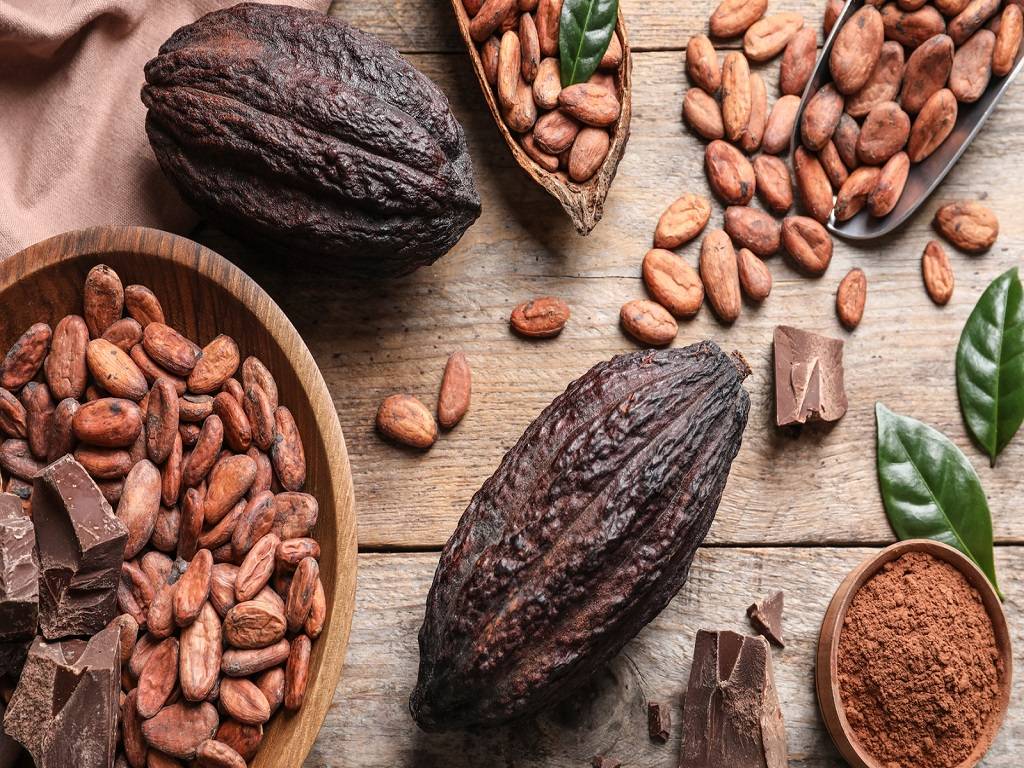
Starting a cocoa farming business can seem like a daunting idea, but when you have a step-by-step guide to follow through and execute the idea, it can be a huge success! Here's our guide to starting a cocoa farming business.
Craft a Business Plan
A business plan is required while launching this firm. Business description, products offered, organizational structure, marketing plan, competitive analysis, operations plan, and financial data are all essential elements to include in your business plan.
Secure a Space
You'll need a lot of room to start the unit. The actual demand, however, is determined by the amount of processing you begin and the volume of the product. This sort of business also requires a large amount of storage space for raw materials and completed goods. As a result, you must acquire a location for the processing operation based on your company strategy.
Obtain License & Permission
Cocoa processing and value-added product production are within the food processing business. As a result, you should need to check the license requirements in your location.
Establish the Unit
Establishing the unit necessitates the installation of machinery, as well as the wiring of the facility. You'll also need to engage trained labor to keep the machine running efficiently.
Cocoa Processing Method
You can keep the pods for a maximum of four days after harvesting them right away. It helps in the enhancement of pre-fermentation activity within pods and the production of high-quality cured beans. By heating the pods against a hard surface, you can break them. You may also extract the beans without a placenta and ferment them right away.
Fermentation
Cover the raw beans with a sweet mucilaginous pulp first. Wet beans are beans that have pulp on them. The 'nib,' or kernel, is a useful portion that is bitter and flavorless. In general, the various fermentation processes include maintaining a mass containing a reasonable number of wet beans together for four to six days. On alternating days, properly combine everything.
The pulp that surrounds the bulk has been gone. Beans have also undergone a variety of metabolic modifications. They're also essential for adding the chocolate taste. Fresh beans must be kept compactly to create and conserve heat. It aids in the completion of internal chemical changes.
Biochemical Changes During Fermentation
The pulp typically comprises around 80% water, 10-15% glucose and fructose, and 0.5 percent non-volatile acids, primarily citric acid. You must first sterilize the initially. The abundance of carbohydrates and high acidity (PH 3.5) create ideal conditions for microbial growth.
The temperature increases steadily throughout the first two days, reaching 40–45°C, and then drops to around 48–50°C after the initial mixing. The mortality of beans is caused by an increase in temperature and acidity, which is followed by a loss of selective permeability of the membrane.
Different Methods of Fermentation of Cocoa Farming
Heap Method
This entails retaining a pile of wet beans of at least 50 kg on top of a covering of banana leaves. To keep the banana leaves a bit elevated above the ground level, put them across a few wooden poles. It aids in the flow of perspiration.
Tray Method
Beans are placed in 90 cm x 60 cm x 13 cm wooden trays with battens or reapers mounted at the bottom and spaces in between. Each tray holds approximately 45 kg of wet beans. Stack the six similar trays one on top of the other, leaving an empty tray at the bottom to enable perspiration to drain. Keep the beans on the highest tray after stacking and cover them with banana leaves. To conserve the heat that emerges after 24 hours of sitting, cover the stack of trays with gunny sacking.
Box Method
Use 1.2 m x 0.95 m x 0.75 m wooden boxes with holes in the bottoms for this procedure. Fill the boxes halfway with wet beans. These crates can typically carry one tonne of wet beans. Every other day, you'll need to stir the beans. Because the number of beans is large, this is best accomplished by switching the beans from one box to another throughout the mixing process.
Small Scale Methods of Fermentation
You may use either the tray approach or the box method for a small-scale operation. The tray approach, on the other hand, is the most effective. With just a few beans, you can get by. Fermentation length is influenced by a variety of variables. The most essential features are the weather variations and seasons. Unripe pods are also ineligible for fermentation. Furthermore, Criollo beans ferment faster than Forastero beans. Beans that have been well-fermented are plump. The liquid within is a reddish-brown color. The testate separates from the cotyledons and becomes loose.
Storage of Cocoa
Beans absorb moisture and reach equilibrium moisture content under the circumstances seen in cocoa-growing belts. It is not recommended for long-term storage. As a result, you can only keep the beans for a limited time without their spoiling. Dry beans with a moisture level of 6-8 percent can be packed in polythene-lined gunny bags. However, before storing the beans, you must clean and shatter them.
















